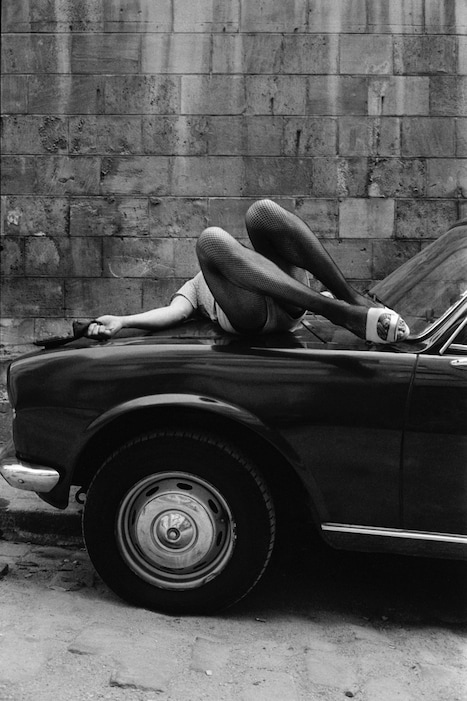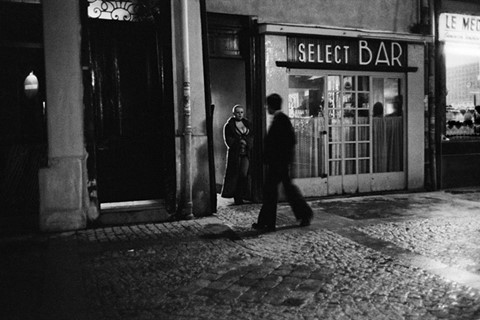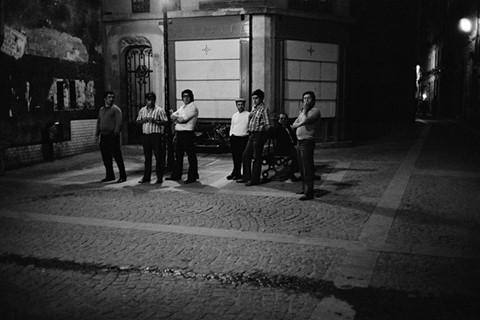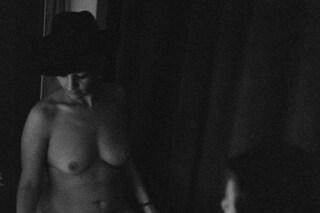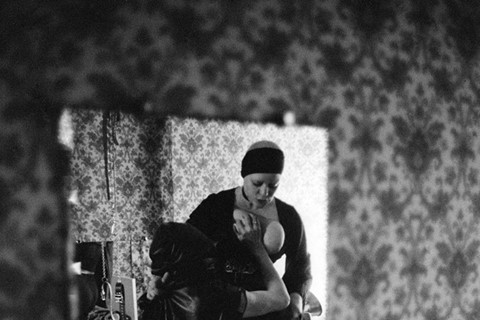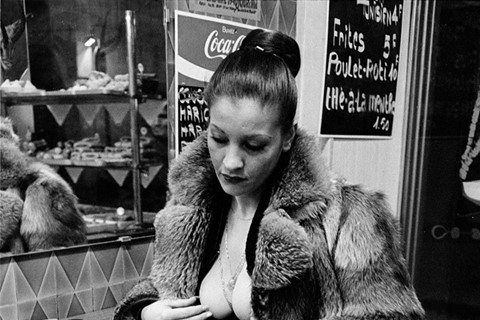Currently on display in New York, Jane Evelyn Atwood’s photographs paint a portrait of Paris’ red-light district from 1976 to 1979
Hailing from New York City, Jane Evelyn Atwood travelled to Europe in the summer of 1971 after graduating from Bard College, where she had studied theatre. With no plans for her future and no reason to go back home, she decided to stay in France. While working as an au pair, Atwood realised she was deeply unhappy and found an English-speaking therapist who helped her unlock a wellspring of creativity inside of her, which had previously been blocked.
One evening, while attending Tuesday night gallery openings, Atwood met a woman who told her that she knew a prostitute. “I had seen these women prostitutes on the street whispering at the men who passed in these incredible costumes and fur coats, jewellery, and make-up,” she recalls. “In France, prostitution is not illegal; it is what they call ‘tolerated’. In 1975, they were allowed to stand in the street and solicit.”
That same evening, the woman took Atwood to 19 Rue des Lombards, a brothel located in the centre of Paris, and they ended up drinking champagne with a group of sex workers. “It was very chic to be there,” she says. “I was very excited because I was in this unknown and completely forbidden world – it was right where I wanted to be.”
“I was very timid, I could hardly speak, and at one point, Blondine, one of the prostitutes who was extremely beautiful and very different from the others, started teasing me, and said, ‘What’s the matter with the little American? She is so timid. She doesn’t speak.’”
When she left that night, Atwood knew she wanted to take photographs of these women. She returned to Rue des Lombards but didn’t see anyone she knew, so she decided to write a letter to Blondine, asking to photograph her. Blondine accepted the offer and invited Atwood to visit her on the job, working the streets from eight in the evening until dawn.
“She was the only one in the whole building who didn’t have a pimp and this was the reason we could become close,” Atwood says. “She took me under her wing. At one point she said, ‘Why don’t you come inside and keep my company while I wait for the clients?’”
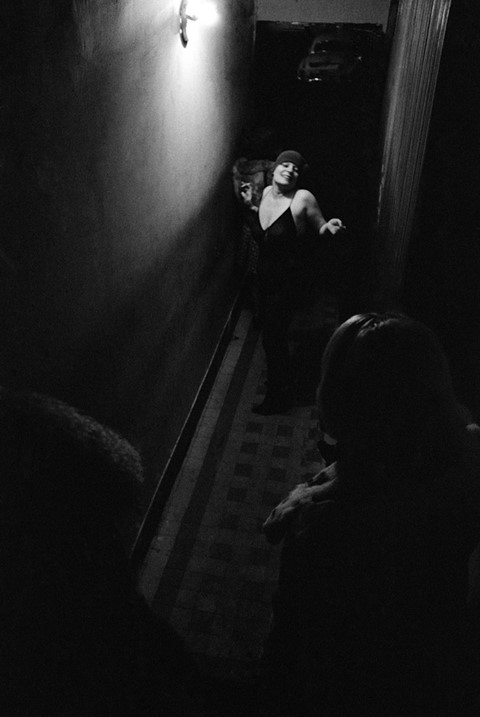
With that, Atwood was in and, little by little, she gained access to the secret world of Paris’s red-light district. Over the course of a year, Atwood made her very first series of work, Rue des Lombards (1976–1977), selections of which are now on show in Paris Red Light 1976–1979 alongside photographs of trans prostitutes from Pigalle People (1978–1979).
“I learned everything I need to know about taking the photos I’ve taken ever since in this brothel,” Atwood says. The lessons continued when she met Magnum photographer Leonard Freed, who pushed her to go deeper, telling Atwood: “Maybe you can do a little book on this. I have never seen anyone so close to women as you are now. You have an in, so you should try to [go inside the rooms with the clients].”
With Freed’s encouragement, Atwood published a book, Nächtlicher Alltag (“Daily Night Life”) in 1980, which she revised and published as Rue des Lombards (Editions Xavier Barral) in 2010.
Just 24 when she made these works, Atwood considers them among her very best. “There’s a freshness you have when you are naive,” she says. “You’re not too scared to not go there and you’re so excited about what’s happening, and that’s what’s in the work.”
Jane Evelyn Atwood: Paris Red Light 1976–1979 is on view at L. Parker Stephenson Photographs, New York, until November 23, 2019.
